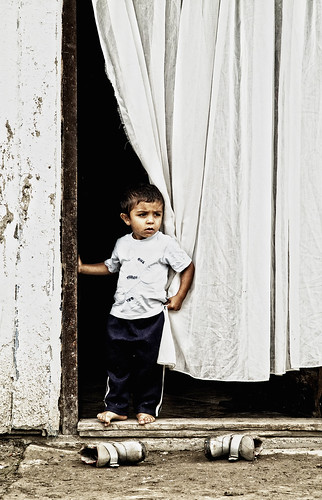To even begin to understand the reality of attachment and bonding we need to know what these terms mean.
Attachment: Attachment is a tie between two people. Healthy attachment is a two-way street, this occurs when a caregiver (parent), provides stable and consistent responses to the child’s distress. Distress occurs when a baby or child experiences hunger, fatigue, illness or any other type of discomfort.
Bond: The lasting relationship/the connection, the “emotional glue”.
Factors which may impair healthy attachment include: multiple caregivers, invasive or painful medical procedures/hospitalization (in particular hospitalization at critical developmental periods), sudden or traumatic separation from a primary caregiver, neglect, sexual or physical abuse, prenatal alcohol or drug exposure, and neurological problems.
Just in the first years of a child’s life the cycle of attachment is repeated thousands of times. A child has a need, they express the need and there is a result. The repetition of this cycle forms a foundation on which the child develops. Many children in orphanages soon learn that, even when they cry, their immediate needs aren’t met or are met inconsistently. As a result the attachment cycle suffers, the child feels frustrated or helpless and learns that the world is not safe.
No orphanage in the world can provide the same level of care that parents would for a baby. Foster care has the capability to provide a greater level of care. However, the bottom line is when a child’s needs are not met or the caregivers are inconsistent, wherever they are living, the child learns that the world is not safe.
The good news is that attachment is not “all or nothing”. Parents can work with their child to rebuild attachment relationships. However, parenting a child whose attachment cycle was disrupted or inconsistent will require recognition and awareness of not only the child’s attachment needs, but a parents own attachment.
Adoptive parents will be more successful when they take the time to educate themselves fully about attachment and learn some activities, which can help promote bonding and trust with their new child.
For some simple ways to promote attachment visit:
Activities to Facilitate Attachment
Resources & References:
This series was inspired by a series of blog posts written by Amy Eldridge, Director of Love Without Boundaries on their blog.
Read the entire What to Expect Series:
- What to Expect #1: Preparing for International Adoption
- What to Expect #3: Attachment and Bonding
- What to Expect #4: Developmental vs. Chronological age
- What to Expect #5: Post Adoption-Love at First Sight?
What to Expect #2: Orphanage Care
Read More on What is Happening at Adoption STAR: Our Calendar of Events for 2013



